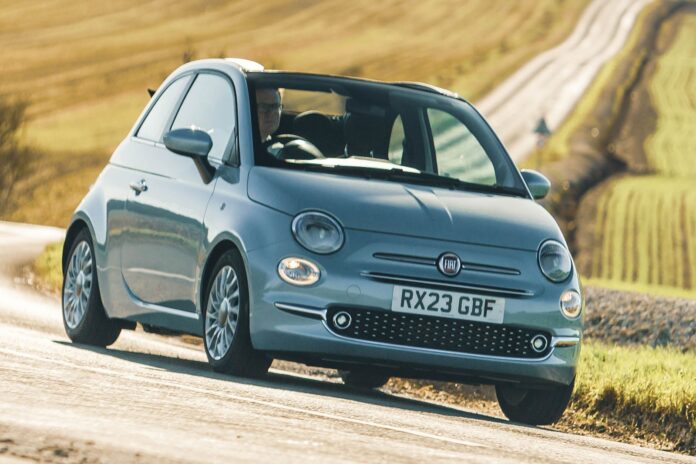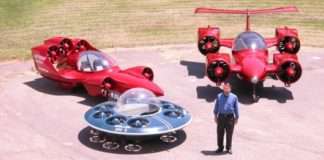The Fiat 500 has become a familiar sight on city streets, and for good reason. It’s a charming car, cleverly combining a classic design with modern technology. While initially, the iconic styling undoubtedly drew buyers in, a closer examination reveals a vehicle that’s evolved to offer a surprisingly capable and engaging driving experience, particularly with the introduction of its mild hybrid powertrain.
A Design That Honors its Predecessor
The current Fiat 500 doesn’t simply copy the original 1957 model—it builds upon its essence. Replicating the proportions of that diminutive Italian icon is a significant achievement, especially considering the original was a two-seater with a rear-mounted, air-cooled engine, while the modern version accommodates four passengers with a more conventional front-mounted, water-cooled engine. The designers understood the importance of retaining the distinctive character of the original, incorporating subtle nods to its heritage. The lines on the bonnet evoke the original Cinquecento, reimagining a simple chrome strip into crisp, modern folds impossible to achieve with the manufacturing techniques of the past. While the original lacked the secondary lights below the headlights found on the modern 500, and didn’t have to meet the stringent requirements of modern crash safety tests (the contemporary 500 achieves a three-star Euro NCAP rating), these changes ultimately enhanced the car’s appeal.
Mild Hybrid: A Welcome Upgrade
The question of how much performance a small city car truly needs is a pertinent one. In the Fiat 500’s case, the answer is: enough eagerness for maneuvering in traffic and sufficient reserves for longer journeys. The introduction of the mild hybrid engine has significantly improved the car’s drivability compared to previous iterations. While the old TwinAir engine possessed a certain charm, it was often rough-running, lacked responsiveness, and wasn’t particularly efficient. The newer three-cylinder engine is smoother, more flexible, and notably more fuel-efficient.
The hybrid system primarily assists the engine between 2000 and 3000 revs, offering a subtle but noticeable boost to drivability. While the assistance isn’t always overtly felt, it contributes to a more pleasant driving experience overall.
Performance Limitations and Refinement Challenges
It’s important to note that the hybrid system doesn’t drastically alter the engine’s peak power output. The Fiat 500 remains a modestly powered car, and can feel somewhat short-geared, especially when needing to make quick progress. Drivers frequently find themselves downshifting to maintain pace on motorways, and the hybrid system offers limited assistance when tackling hills.
Furthermore, mechanical refinement isn’t entirely flawless. Although the 1.0-liter engine is less rough than the old TwinAir, vibrations can still be felt through the car’s chassis and steering column, particularly when the engine is revving hard or driving on uneven surfaces. Compared to some of the smoother and more refined options currently available, the Fiat 500’s level of refinement leaves something to be desired.
The Fiat 500 successfully balances classic design with modern technology, particularly with the addition of its mild hybrid powertrain. However, limitations in performance and refinement should be considered by potential buyers.
Ultimately, the Fiat 500 represents a clever adaptation of a beloved classic for the modern era. It’s a stylish, enjoyable city car, but one with trade-offs—trading ultimate power and refinement for its distinctive charm and practicality.






















